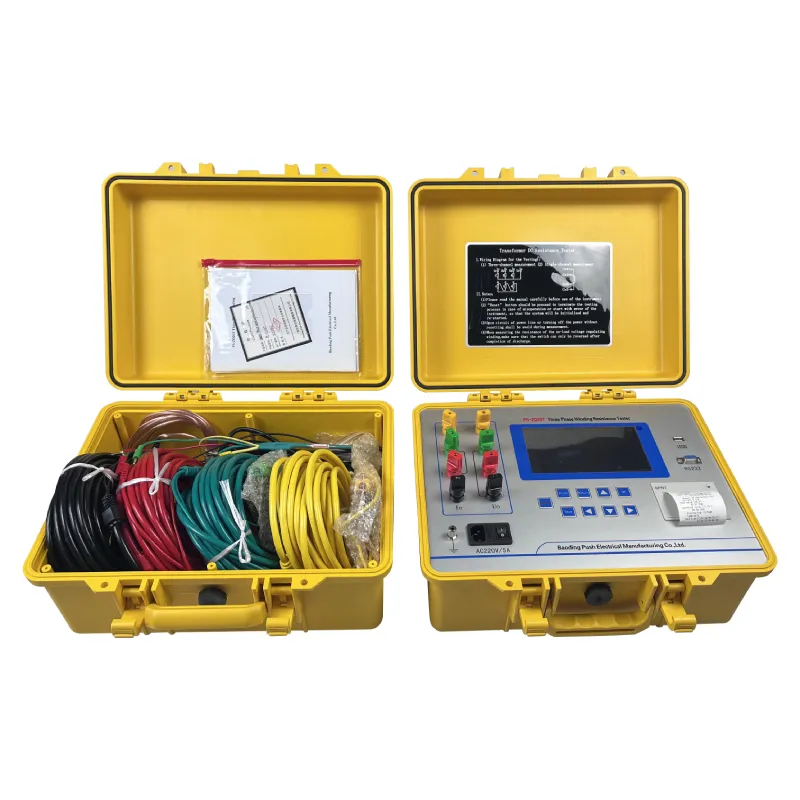TEL:
+86-0312-3189593
 English
English

Telephone:0312-3189593

Email:sales@oil-tester.com

-
 Afrikaans
Afrikaans -
 Albanian
Albanian -
 Amharic
Amharic -
 Arabic
Arabic -
 Armenian
Armenian -
 Azerbaijani
Azerbaijani -
 Basque
Basque -
 Belarusian
Belarusian -
 Bengali
Bengali -
 Bosnian
Bosnian -
 Bulgarian
Bulgarian -
 Catalan
Catalan -
 Cebuano
Cebuano -
 China
China -
 China (Taiwan)
China (Taiwan) -
 Corsican
Corsican -
 Croatian
Croatian -
 Czech
Czech -
 Danish
Danish -
 Dutch
Dutch -
 English
English -
 Esperanto
Esperanto -
 Estonian
Estonian -
 Finnish
Finnish -
 French
French -
 Frisian
Frisian -
 Galician
Galician -
 Georgian
Georgian -
 German
German -
 Greek
Greek -
 Gujarati
Gujarati -
 Haitian Creole
Haitian Creole -
 hausa
hausa -
 hawaiian
hawaiian -
 Hebrew
Hebrew -
 Hindi
Hindi -
 Miao
Miao -
 Hungarian
Hungarian -
 Icelandic
Icelandic -
 igbo
igbo -
 Indonesian
Indonesian -
 irish
irish -
 Italian
Italian -
 Japanese
Japanese -
 Javanese
Javanese -
 Kannada
Kannada -
 kazakh
kazakh -
 Khmer
Khmer -
 Rwandese
Rwandese -
 Korean
Korean -
 Kurdish
Kurdish -
 Kyrgyz
Kyrgyz -
 Lao
Lao -
 Latin
Latin -
 Latvian
Latvian -
 Lithuanian
Lithuanian -
 Luxembourgish
Luxembourgish -
 Macedonian
Macedonian -
 Malgashi
Malgashi -
 Malay
Malay -
 Malayalam
Malayalam -
 Maltese
Maltese -
 Maori
Maori -
 Marathi
Marathi -
 Mongolian
Mongolian -
 Myanmar
Myanmar -
 Nepali
Nepali -
 Norwegian
Norwegian -
 Norwegian
Norwegian -
 Occitan
Occitan -
 Pashto
Pashto -
 Persian
Persian -
 Polish
Polish -
 Portuguese
Portuguese -
 Punjabi
Punjabi -
 Romanian
Romanian -
 Russian
Russian -
 Samoan
Samoan -
 Scottish Gaelic
Scottish Gaelic -
 Serbian
Serbian -
 Sesotho
Sesotho -
 Shona
Shona -
 Sindhi
Sindhi -
 Sinhala
Sinhala -
 Slovak
Slovak -
 Slovenian
Slovenian -
 Somali
Somali -
 Spanish
Spanish -
 Sundanese
Sundanese -
 Swahili
Swahili -
 Swedish
Swedish -
 Tagalog
Tagalog -
 Tajik
Tajik -
 Tamil
Tamil -
 Tatar
Tatar -
 Telugu
Telugu -
 Thai
Thai -
 Turkish
Turkish -
 Turkmen
Turkmen -
 Ukrainian
Ukrainian -
 Urdu
Urdu -
 Uighur
Uighur -
 Uzbek
Uzbek -
 Vietnamese
Vietnamese -
 Welsh
Welsh -
 Bantu
Bantu -
 Yiddish
Yiddish -
 Yoruba
Yoruba -
 Zulu
Zulu
Feb . 04, 2025 01:55
Back to list
dielectric test of transformer
The dielectric test of a transformer remains an essential aspect of ensuring its reliability, safety, and operational efficiency. This crucial test measures the electrical insulation strength and ensures the transformer's capacity to withstand high voltages under normal and fault conditions. For anyone involved in the operation or maintenance of electrical systems, understanding the nuances of dielectric testing provides a significant advantage, reinforcing safety and efficiency.
Trustworthiness in dielectric testing comes from transparency and adherence to established procedures. Conducting the test in a controlled environment, documenting the process thoroughly, and analyzing the results with precision are fundamental practices that enhance the credibility of the operation. Technicians trained to execute these tests bring an added layer of reliability, as their expertise ensures that every detail of the test is performed with utmost accuracy and efficiency. Dielectric testing's role in the lifecycle of a transformer cannot be overstated. It builds confidence in the transformer's capacity to handle electrical loads efficiently and safely. As transformers age, their insulation can degrade, significantly impacting performance and safety. Regular dielectric testing helps in monitoring this degradation, allowing for timely interventions. Additionally, dielectric testing contributes to the environmental sustainability of electrical systems. By enabling early detection of faults, it prevents catastrophic failures that could lead to hazardous spills of insulating oil or other materials. This proactive approach aligns with global sustainability goals, emphasizing the importance of maintaining systems that are not only efficient but also environmentally responsible. In conclusion, the dielectric test of a transformer is more than just a technical requirement; it is an investment in safety, reliability, and longevity. For industry experts and novices alike, understanding and implementing this test is integral to optimizing transformer performance and ensuring the continuity of power distribution systems. Its ability to preemptively identify potential failures positions it as an indispensable tool in the maintenance protocol of electrical systems. Embracing dielectric testing equips professionals with a safeguard against unexpected breakdowns, ultimately enhancing the trust consumers place in their power supply infrastructures.


Trustworthiness in dielectric testing comes from transparency and adherence to established procedures. Conducting the test in a controlled environment, documenting the process thoroughly, and analyzing the results with precision are fundamental practices that enhance the credibility of the operation. Technicians trained to execute these tests bring an added layer of reliability, as their expertise ensures that every detail of the test is performed with utmost accuracy and efficiency. Dielectric testing's role in the lifecycle of a transformer cannot be overstated. It builds confidence in the transformer's capacity to handle electrical loads efficiently and safely. As transformers age, their insulation can degrade, significantly impacting performance and safety. Regular dielectric testing helps in monitoring this degradation, allowing for timely interventions. Additionally, dielectric testing contributes to the environmental sustainability of electrical systems. By enabling early detection of faults, it prevents catastrophic failures that could lead to hazardous spills of insulating oil or other materials. This proactive approach aligns with global sustainability goals, emphasizing the importance of maintaining systems that are not only efficient but also environmentally responsible. In conclusion, the dielectric test of a transformer is more than just a technical requirement; it is an investment in safety, reliability, and longevity. For industry experts and novices alike, understanding and implementing this test is integral to optimizing transformer performance and ensuring the continuity of power distribution systems. Its ability to preemptively identify potential failures positions it as an indispensable tool in the maintenance protocol of electrical systems. Embracing dielectric testing equips professionals with a safeguard against unexpected breakdowns, ultimately enhancing the trust consumers place in their power supply infrastructures.
Previous:
Latest news
-
Testing Equipment Industry Sees Major Advancements in 2025: Smart & Precision Technologies Lead the WayNewsJun.06,2025
-
Applications of Direct Current Generators in Renewable Energy SystemsNewsJun.05,2025
-
Hipot Tester Calibration and Accuracy GuidelinesNewsJun.05,2025
-
Digital Circuit Breaker Analyzer Features and BenefitsNewsJun.05,2025
-
Benefits of Real-Time Power Quality Monitoring Devices for Industrial EfficiencyNewsJun.05,2025
-
Earth Fault Loop Testing in High-Rise Building Electrical SystemsNewsJun.05,2025



